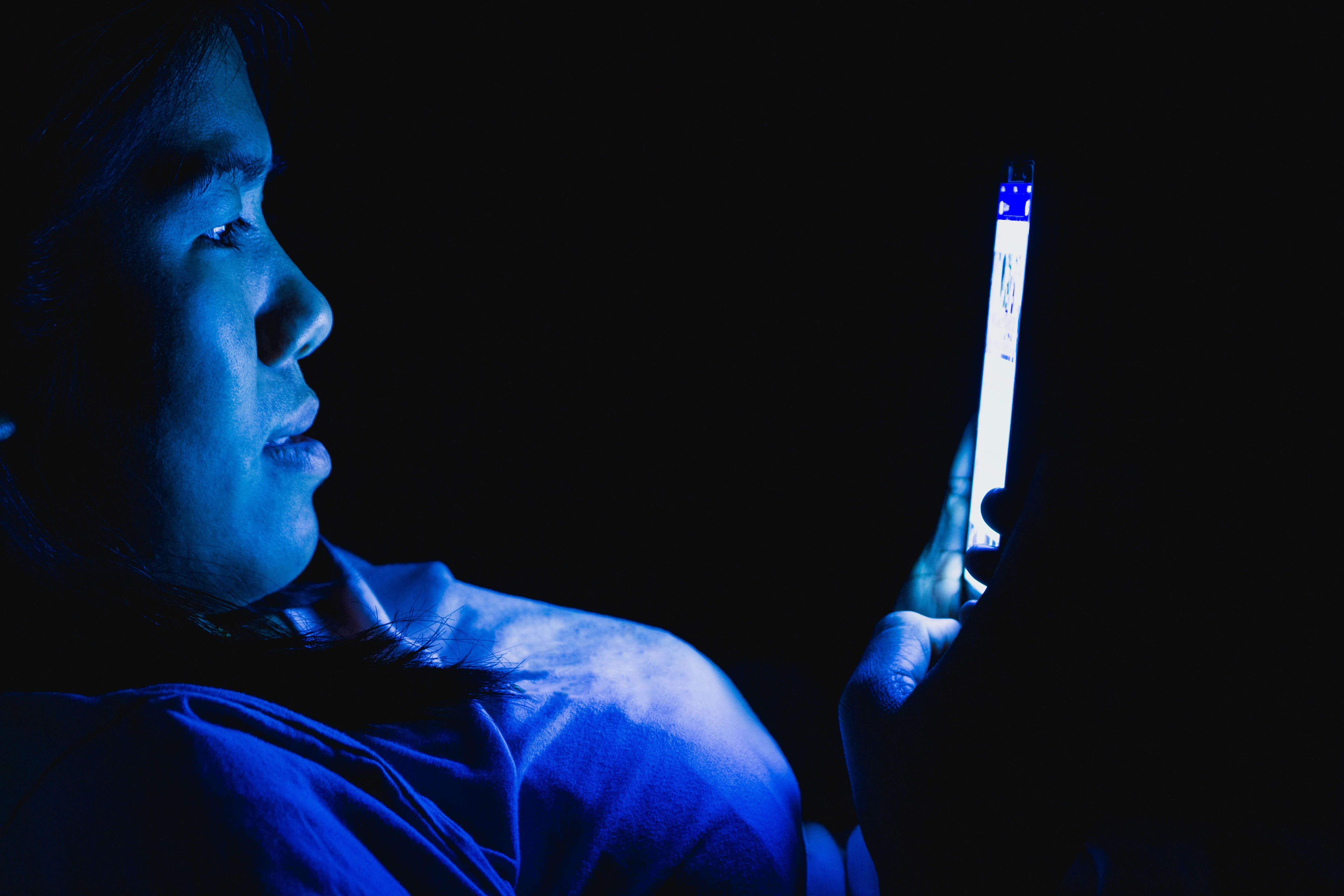- Case-Based Roundtable
- General Dermatology
- Eczema
- Chronic Hand Eczema
- Alopecia
- Aesthetics
- Vitiligo
- COVID-19
- Actinic Keratosis
- Precision Medicine and Biologics
- Rare Disease
- Wound Care
- Rosacea
- Psoriasis
- Psoriatic Arthritis
- Atopic Dermatitis
- Melasma
- NP and PA
- Skin Cancer
- Hidradenitis Suppurativa
- Drug Watch
- Pigmentary Disorders
- Acne
- Pediatric Dermatology
- Practice Management
- Prurigo Nodularis
- Buy-and-Bill
Article
Blue Light Irradiation Induces Minimal Pigmentation Change in Patients With Melasma
Author(s):
Compared to patients without melasma, blue light irradiation caused minimal changes in patients with melasma.
Lower levels of blue light irradiation, 20 J/cm2, induced minimal changes to skin pigmentation in patients with melasma, compared to in patients without melasma and in higher levels of irradiation, such as 40-80 J/cm2.
Kampan/AdobeStock

In one study,1 researchers sought to explore the impact of blue light exposure on skin pigmentation, particularly the role of blue light in patients with melasma versus in patients without melasma. They hypothesized that healthy, melasma-free skin would lead to greater, more serious degrees of melanosis than in patients with melasma-affected skin.
They noted that the role of blue light-induced skin pigmentation is a topic that has not been explored or reported on. Furthermore, they cited current understandings of the pathogenesis of melasma, which point to solar radiation asan important cause of the pigment disorder, commonly associated with photoaging and solar elastosis.
The study, which was observational in nature, included patients of a single study center who had visited the center between January and April 2021. Patients were included in the study (n=42) if they were between the ages of 20 and 50 years old, had received a melasma diagnosis, were not pregnant or breastfeeding, had lived in the region for equal to or greater than 3 years, and did not have a skin condition in the irradiation area (including atopic dermatitis, folliculitis, or port wine stains) that may have affected assessment.
Patients with face-specific pigmentation diseases, a history of photosensitive drug use, or a history of certain conditions, including major organ, immune system, inflammatory skin, or photosensitivity diseases. 21 patients included in the study had been diagnosed with melasma, and 21 patients were considered otherwise healthy without a melasma diagnosis.
Using a blue light irradiator, researchers exposed participants to varying levels of blue light irradiation on the skin of their backs, including 20, 40, 60, and 80 J/cm2. These tested regions were then photographed at 0 hours, 24 hours, 1 week, and 2 weeks after light irradiation.
Researchers then used a portable spectrophotometer and the Investigator’s Global Assessment Scale (IGAS) to determine the degree of pigmentation in the tested areas.
“Blue light irradiation of 20, 40, 60, and 80 J/cm2 could induce different degrees of pigmentation in the skin on the back of melasma patients and healthy women, and the degree of pigmentation was dose-dependent,” study authors wrote. “A dose as low as 20 J/cm2 of blue light irradiation could induce pigmentation in the skin of melasma patients and healthy women, which did not completely subside after 2 weeks. In addition, it was also observed that after blue light irradiation, transient erythema also appeared in the irradiated area, which subsided within 24 hours.”
IGA scores between patients with melasma and patients without melasma were not significantly different from one another.
Potential study limitations, as noted by Li et al, included the study’s single-center nature and small sample size, which only included female participants.
“These results may guide evidence-based sun protection strategies in patients with melasma and have implications in the context of electronic device use,” wrote Li et al. “These results call for enhancing the general population's awareness of blue light and UV protection.”
Reference
- Li L, Jiang X, Tu Y, et al. Impact of blue light on skin pigmentation in patients with Melasma. Skin Res Technol. 2023;29(7). doi:10.1111/srt.13401






